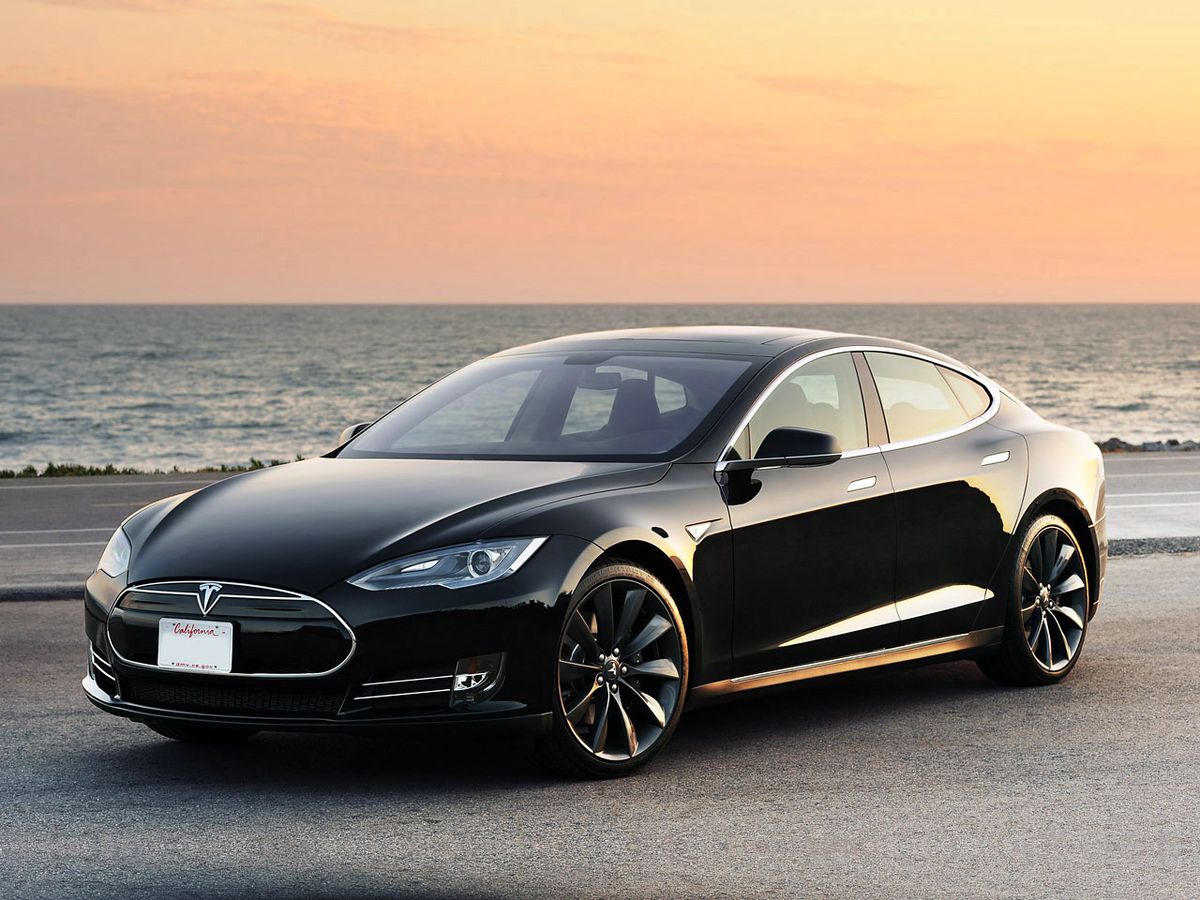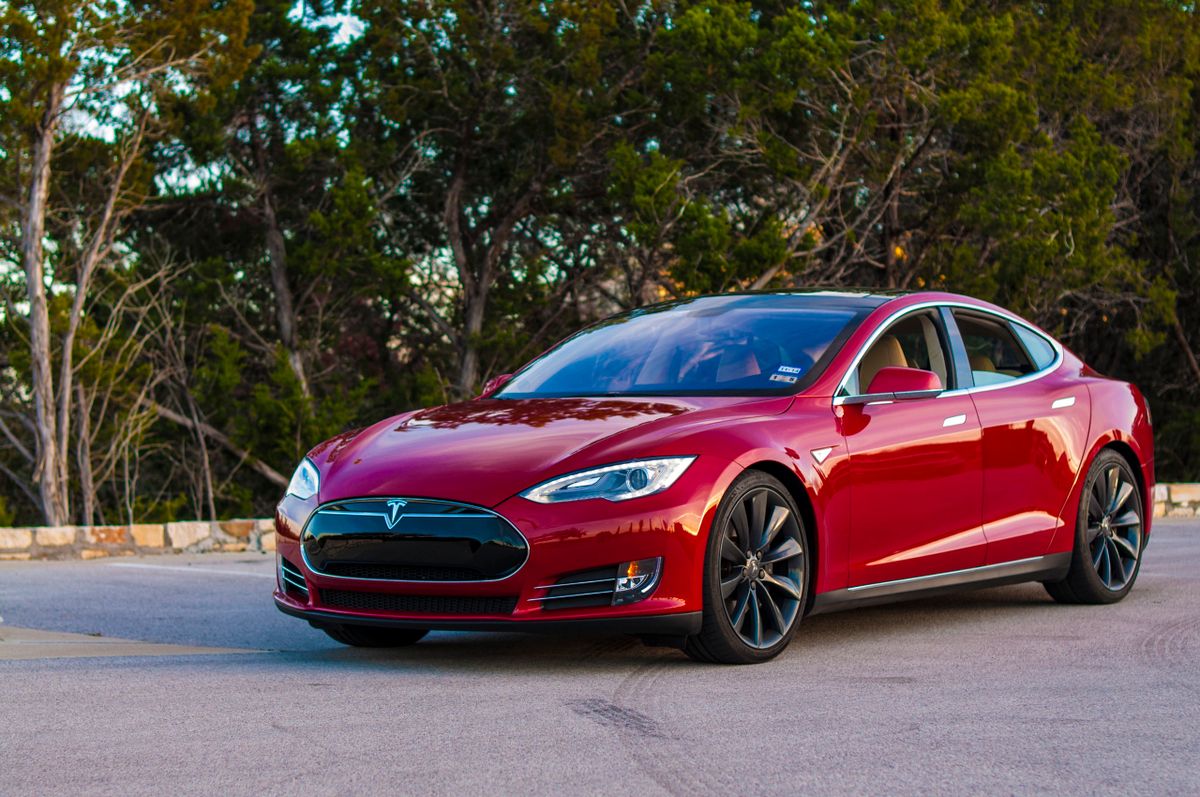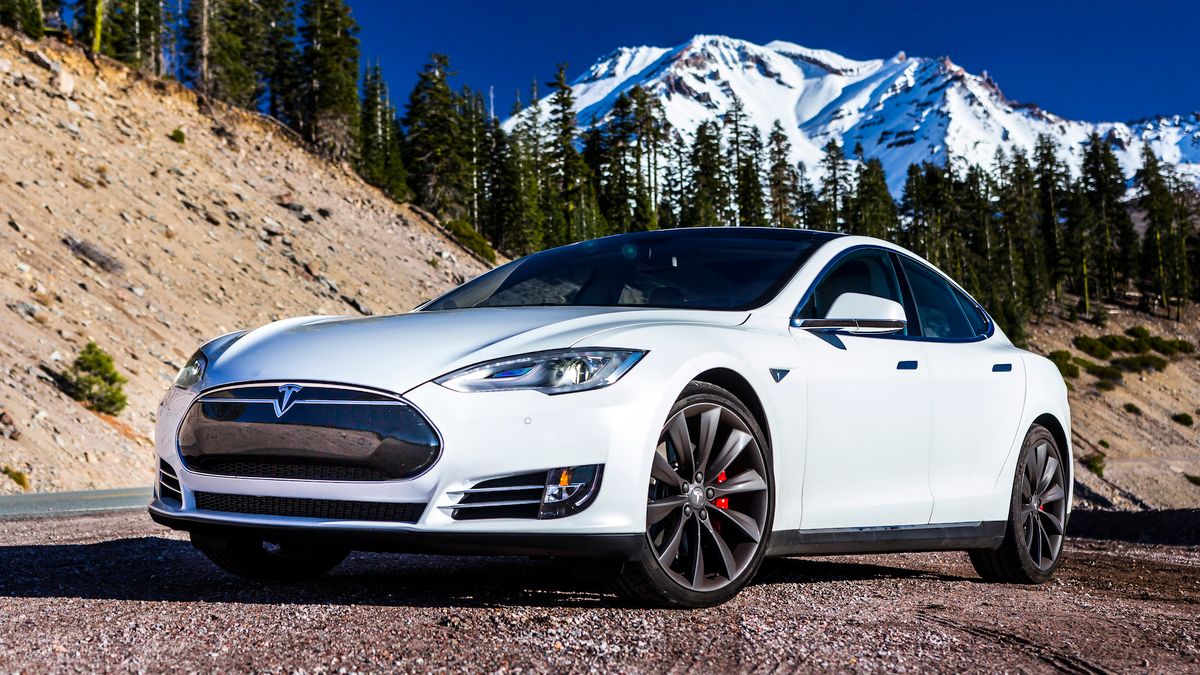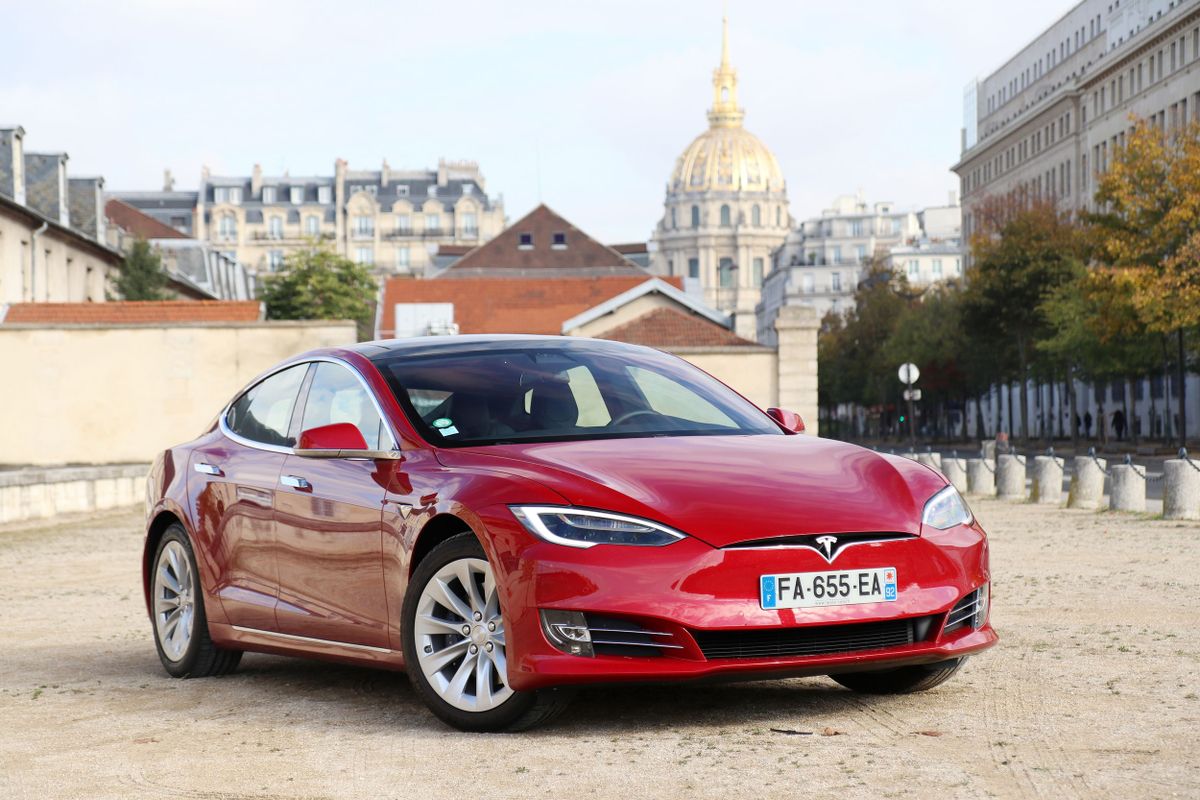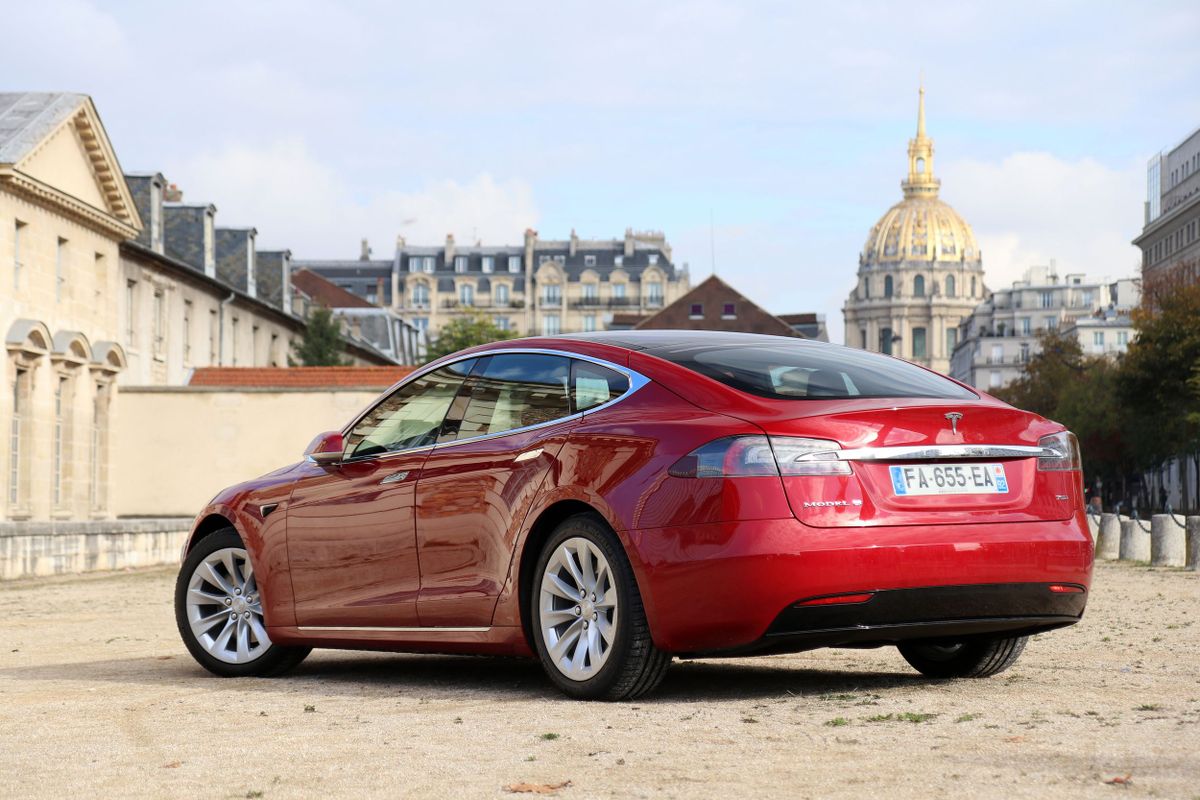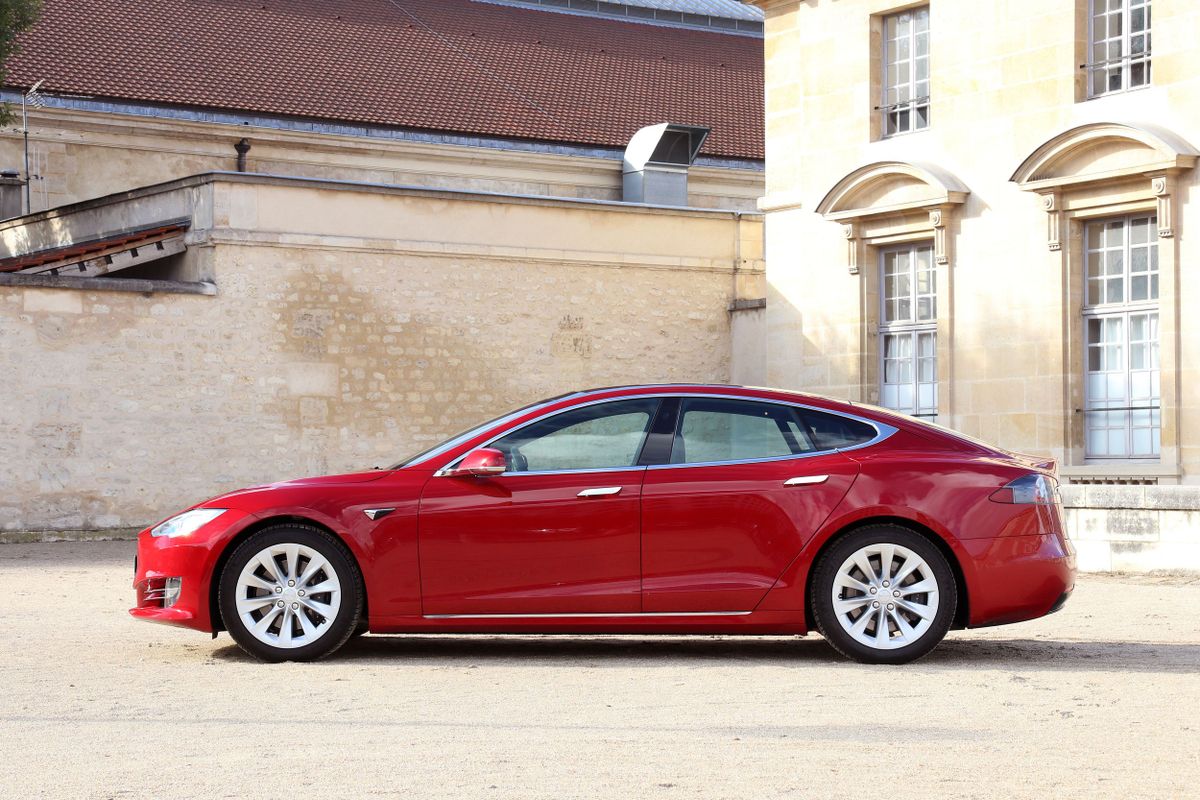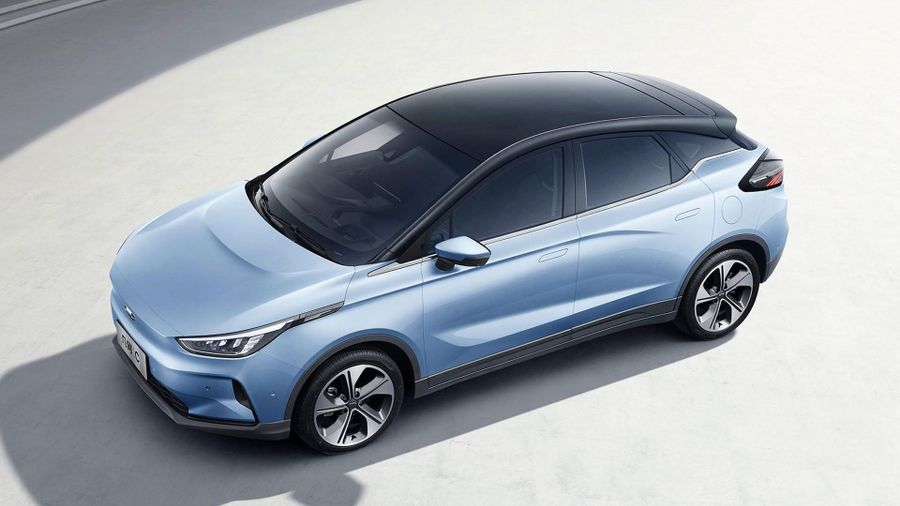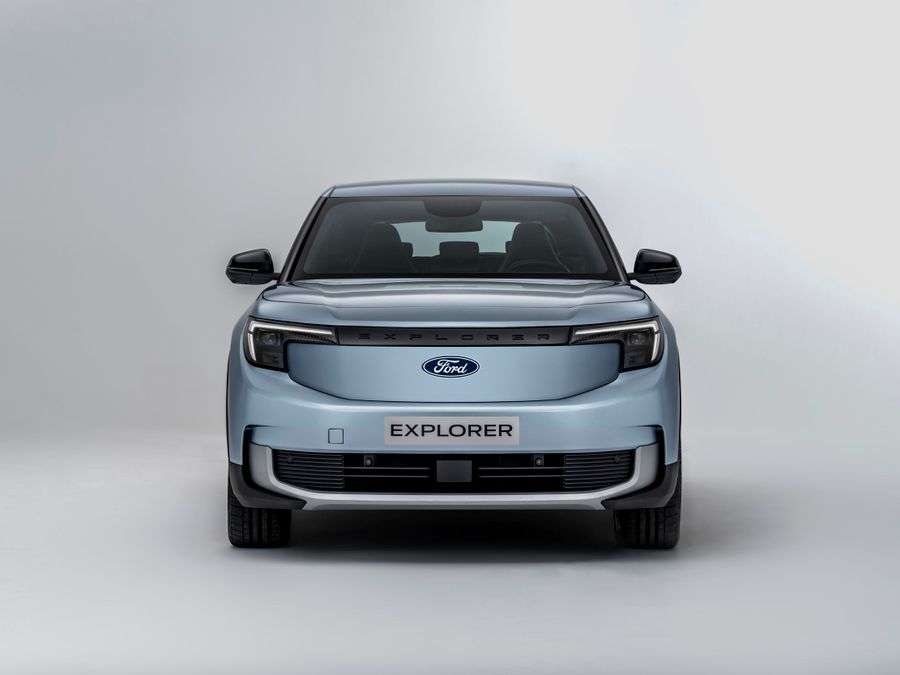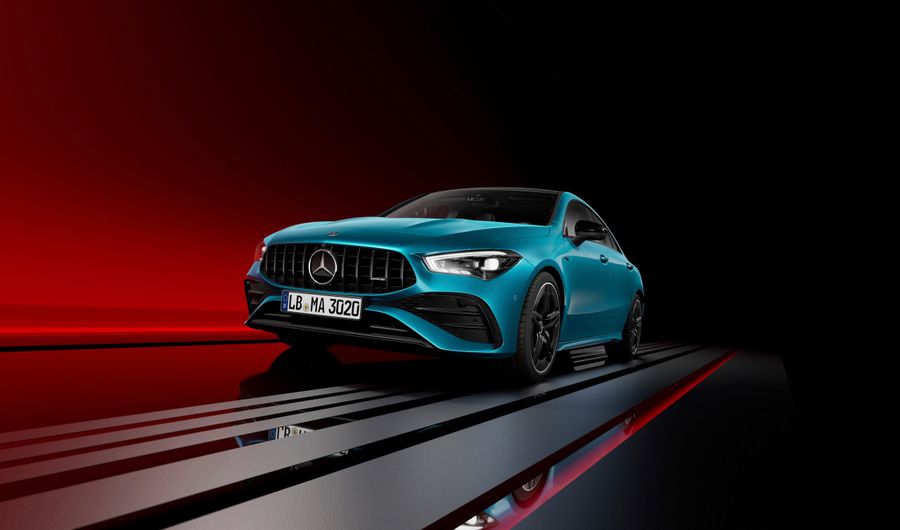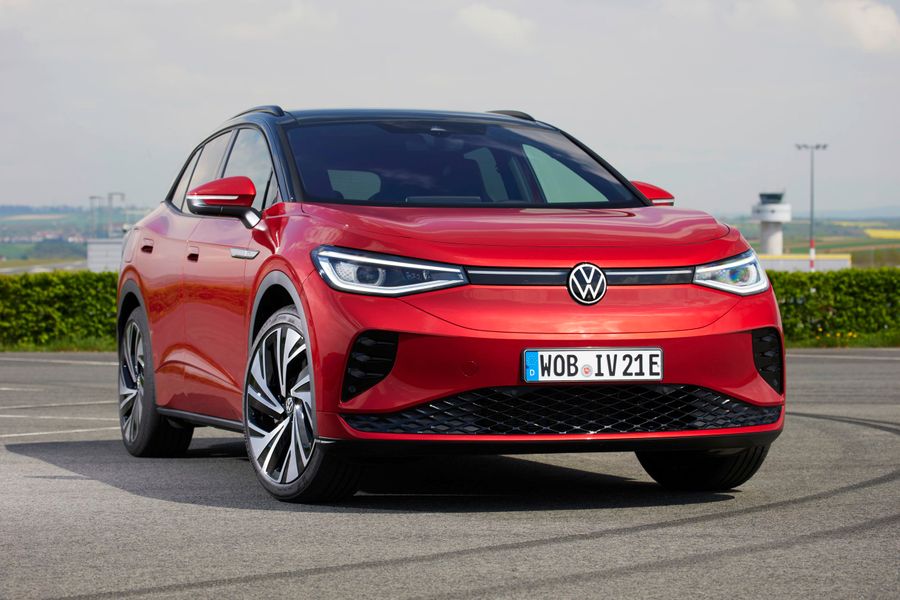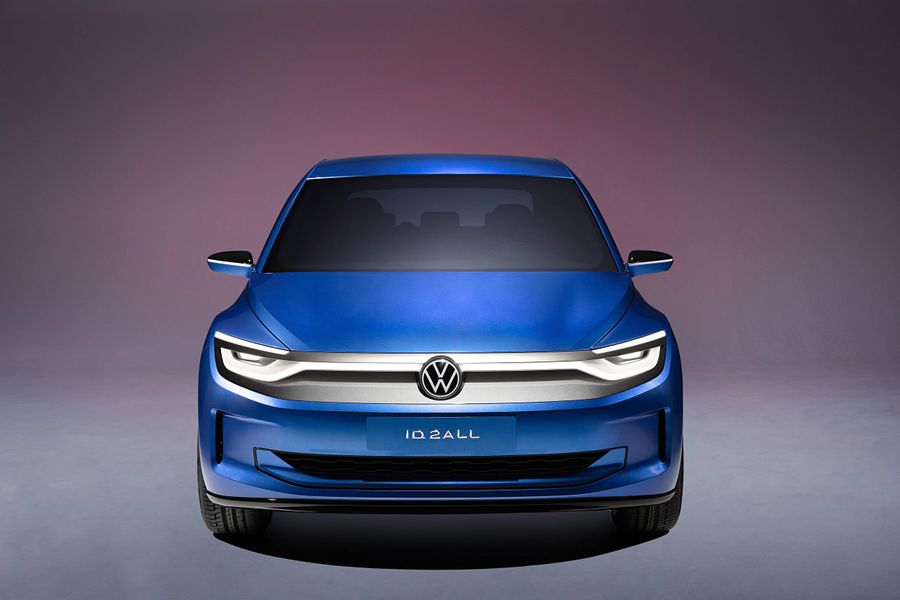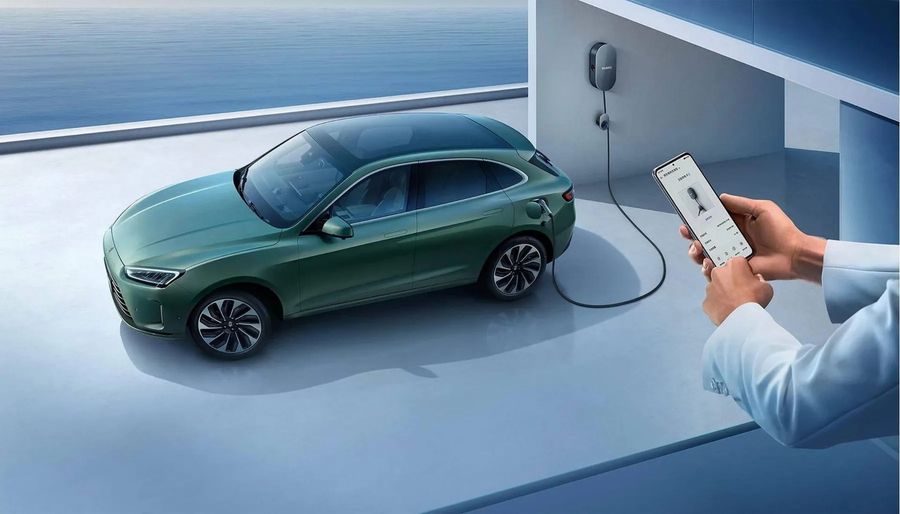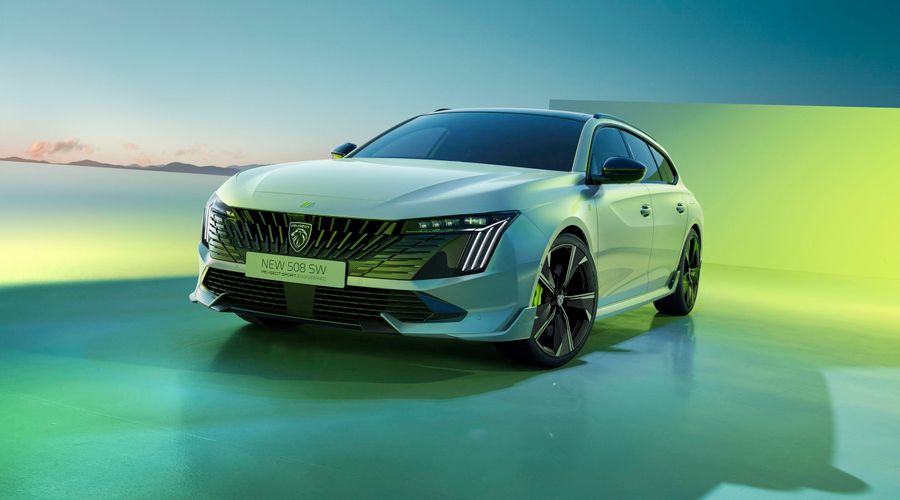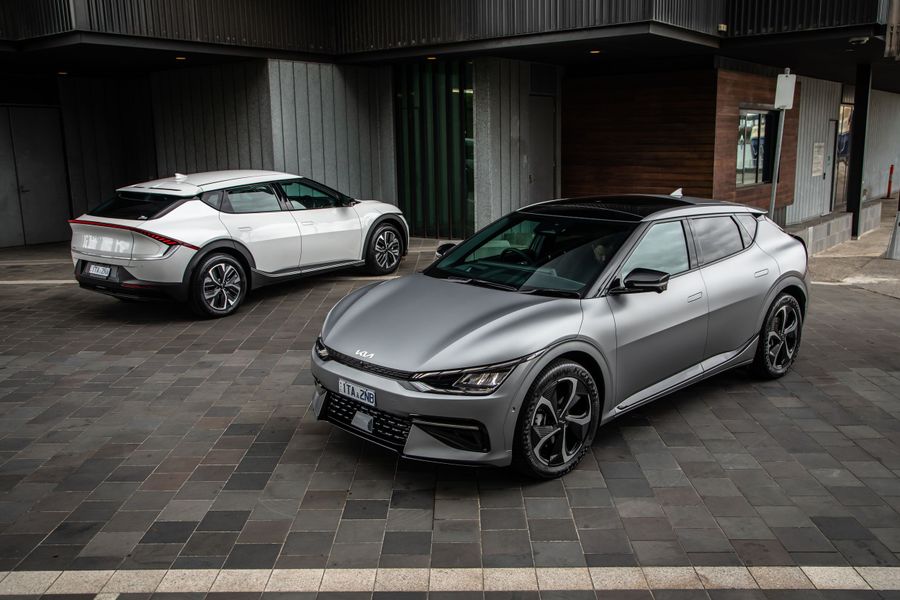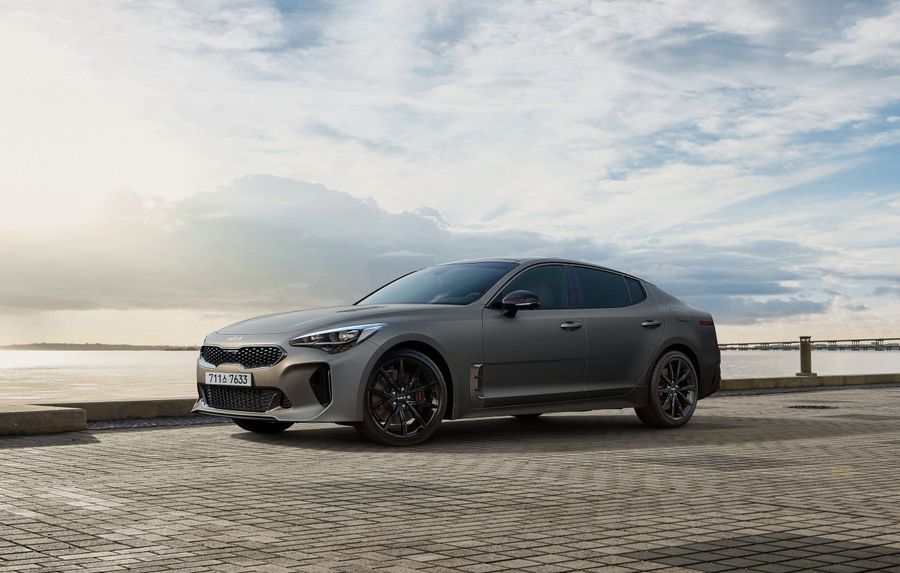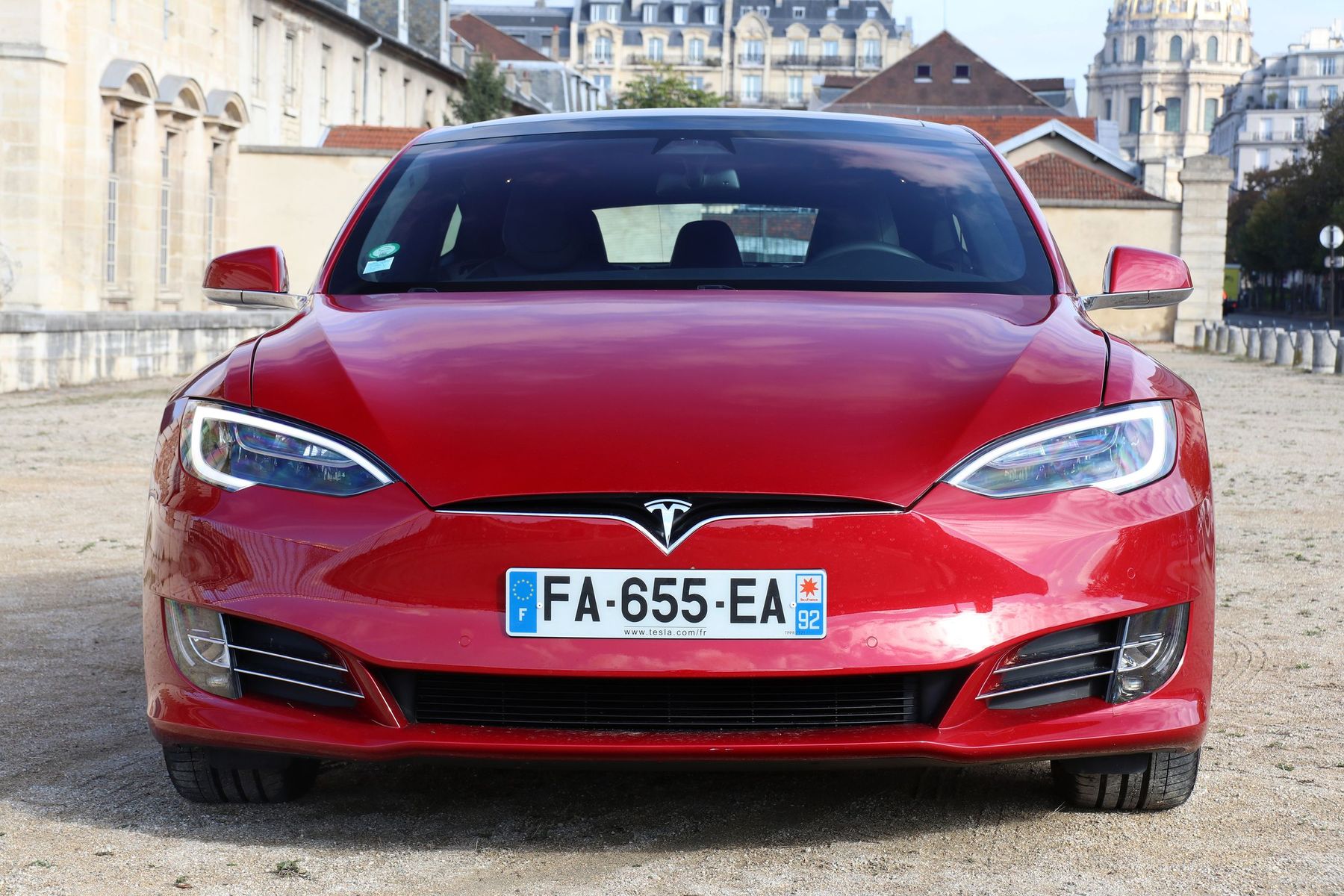
Tesla Model S. Safety first
The Tesla Model S is a five-door F-class electric car produced by the American company Tesla, produced since 2012 in the"liftback’ body. In the very near future, sales of the Model S are expected to start in Israel after the restyling of 2016 (data for 2021).
Sales of the Model S in the United States began in 2012, and in 2013 it became the best-selling luxury sedan in the United States, overtaking the BMW 7 Series and Mercedes S-Class in the first quarter. In Europe, the success of the electric car is somewhat more modest – it was only a bestseller for the first two weeks of September in Norway. In total, by the end of the first quarter of 2014, about 32 thousand Tesla S cars were sold in the world, in 2015-50 thousand, in 2016 - also 50 thousand.
In 2014, the Model S passed the NHTSA crash tests and earned five stars in all categories: front, side and rear impact, as well as the rollover test, receiving a final score of 5.4 points. The magazine Consumer Reports, published by the Consumers Union of the United States (Consumers Union), conducted its own safety tests of this electric car. Out of 100 possible points, the Tesla Model S received 99, and was called ‘the best CR car ever tested’.
There is, however, one significant ‘but’. The electric car is vulnerable to hacker attacks. To make it easier to manage and check the condition of the car’s systems, the owner of the Model S must pass a mandatory registration procedure on the manufacturer’s website. To interact with the electric car, use the app for smartphones on Android and iOS. There is potentially a threat for hacker attacks on the authentication protocol in the application. Also, the target of the attack may be the Tesla database itself, giving attackers access to all registered electric cars. Having gained access to this data, attackers, of course, will not be able to cause serious damage to the car or the driver. From the app, you can control the process of charging the batteries, change the temperature of the interior, as well as turn on the interior lighting or use the horn. Much more dangerous in the hands of ‘hackers’ can be the functions of locking/unlocking doors and roofs and the ability to track the location of the car.
First generation
A prototype of the new Model S was unveiled at the Frankfurt Motor Show on September 17, 2009. In 2012, the American electric car went into mass production and became available in the United States. Initially, the car was sold only in the American market, in 2013 it began to be delivered to some European countries, in 2014-to China.
The first Model S had a five-door body of the ‘liftback’ type, the electric motor was located under the trunk floor, the batteries-under the interior floor, thanks to this there was an additional trunk in front. The rear wheels were driven through a single-stage gearbox. Expensive versions were equipped with air suspension, which allows you to change the ground clearance in the range of 100-160 mm. In the interior, an unusual front panel with a huge touch screen, through which you could control all the functions and settings of the car, attracted attention.
Keep in mind that only cars sold before January 22, 2017 can enjoy lifetime free unlimited fast charging at Tesla Superchargers stations. Cars sold after January 2017 will receive 400 kW / h of free fast charging per year, and if this amount is exceeded, the owner will have to pay the cost of electricity consumed during fast charging.
Restyling of 2016
The updated Tesla Model S received a new design. The versions 75, 75D, 100D, P100D are left on sale (the numbers indicate the battery capacity in kW / h, D-all-wheel drive, P — performance version).
Versions
The simplest - 306-strong, rear-wheel drive, with acceleration to the first hundred in 5.5 seconds and a ‘maximum speed’ of 210 km / h. It was produced until 2017. It is followed by a rear-wheel drive 320-horsepower with the same acceleration, but with a maximum speed of 230 km/h. It was produced until 2020.
All-wheel drive: all produced until 2020:
- 328-strong: acceleration of 5.2 seconds, top speed of 210 km / h.
- 333-strong: acceleration of 5.4 seconds, but the ‘maximum speed’ is already 230 km/h.
- 422-strong: acceleration 4.4 seconds, top speed 250 km/h.
- 449-strong: acceleration of 4.2 seconds, the ‘maximum speed’ is the same-250 km / h.
- 512-strong: acceleration of 3.3 seconds, speed-250 km / h maximum.
- 762-strong: acceleration of 2.7 seconds, but the ‘maximum speed’ is still the same.
In 2020, the model range was updated again, there were two versions, each with two electric motors:
- Dual motor P100D kWh Long Range Plus: 518-horsepower, all-wheel drive, with a top speed of up to 250 km / h and acceleration from 0 to 100 km / h in 3.8 seconds. Mileage on a single charge - 639 km. The total capacity of the battery: 100 kW/h.
- Dual motor P100D kWh Performance: 762-horsepower, all-wheel drive, with a top speed of 261 km / h, acceleration from zero to hundreds in 2.5 seconds. The mileage on a single charge and the total power are the same: 639 km and 100 kW / h, respectively.
Safety
Separately, we would like to talk about the safety of an electric car. In October 2013, a video of a burning Tesla Model S appeared on YouTube. Then it was reported that the fire occurred due to mechanical impact, which caused the destruction of one of the sixteen battery packs. The 7 cm hole in the battery pack was caused by a car hitting a large metal object, the impact force of which in the bottom is estimated at 25 tons. According to the driver of the car, about five minutes passed from the moment of impact to the fire, and the interior of the electric car remained completely intact.
As a result of the incident, no one was injured: following the instructions of the car’s control system, the driver pulled over to the side of the expressway, stopped it, and left the car. The spread of the fire was facilitated by the fact that firefighters made four more holes in the protective metal shield of the battery pack during extinguishing, and the fire went out, but did not reach the cabin. The fire in the case of a petrol car could have been more severe.
Elon Musk said that " consumers who are concerned about the risk of fire should not doubt that it is safer to drive a car with batteries than with a large tank of flammable liquid.’ But the reaction of Tesla was not long in coming: a month later, a software update was released that increases the ground clearance.
The Model S is one of the safest cars on the market, having received 5 stars on the results of emergency tests according to both EuroNCAP and NHTSA.
And in 2014, changes were made to the design of the car: a hollow aluminum bar of a special shape, a titanium plate and a shield made of stamped aluminum were installed under the bottom. The aluminum bar either throws an object lying on the road, or, if it is a very hard object, softens the impact and directs it up in front of the battery compartment, in the area of the front trunk, preventing serious damage and maintaining the car’s handling. The titanium plate protects the vulnerable components in the front of the car from damage, helping to neutralize the debris lying on the road. The shield is made of aluminium mounted on the case that the first two devices of protection is not right — it also absorbs and dissipates impact energy. Owners of already purchased Tesla S can upgrade their electric vehicles with advanced protection at service stations for free.
In 2015, when updating the firmware, the functions of adaptive cruise control ‘Autosteer’ and ‘Autopilot’ were added, cars were equipped with additional sensors: sonar, camera, radar. These features allow the Tesla Model S to independently follow the lane or change lanes with visible markings, but do not include reactions to speed limits, traffic lights, or pedestrians.
On May 7, 2016, the first fatal traffic accident occurred with a car driving on autopilot. According to information posted on the company’s corporate blog, the system of the 2015 Tesla Model S car did not recognize a light semi-trailer with a high ground clearance against a bright sky and did not turn on the brakes. The fatal accident occurred after more than 210 million km of total mileage of cars on autopilot. On average, a fatal accident is registered in the United States every 151 million km, in the world-every 97 million km.
It is worth considering the fact that the Model S is one of the safest cars on the market, which received 5 stars according to the results of emergency tests according to both EuroNCAP and NHTSA.


